The Time for Ayahuasca is Now and the Place is Costa Rica
The Time for Ayahuasca is Now and the Place is Costa Rica
Espanol abajo
I’ve been living in Costa Rica for 10 months now. Moving here was one of the best decisions I’ve ever made. After working to get-out-the-vote in the last presidential election and after speaking to hundreds of voters across the country, it became increasingly clear that, no matter what the result of the election, the United States has become a politically unstable and troubled country. So many of its people are trapped in the psychology of teams, and those two teams have done little to improve the lives of the vast majority of its citizens for decades. Away from the unimaginable reality of concentration camps inside the United States, the toxic positivity, extreme individuality bordering on narcissism, and hyper-competitive spirit that pervades American culture, I have been able to do a great deal of healing here. And it was sorely needed.
Two years ago, I nearly died by suicide. A direct result of the complex PTSD and severe depression that came with working two full-time jobs, one of which was running my own small business, the other as a research microbiologist and lab manager at the University of Arizona. Not to mention the personal and professional betrayals of the highest order. On top of all that, living near the Mexico-US border in Tucson, Arizona gave me a front-row seat to the dehumanizing policy that has infected US politics since 9/11 and took on new and frightening dimensions under the Trump administration. Having to watch the nation’s fear-of-the-other materialized in the form of a wall, private prisons full of refugees, non-violent criminals, the poor, racial minorities, foster kids who’ve aged out of foster care, and the mentally ill and the corruption that allows Arizona to spend $20,000 more per prisoner in the state than per-pupil takes its toll. I tried to do everything in my power to fight these horrifying realities but nothing I did nor anyone else did really made much of a difference. The forces of fear and hatred had been gathering for far too long and were arriving at the shores of the land of the free and the home of the brave like so many tsunamis, and all anyone could do was surrender to the consequences. My surrender was the realization that it was not going to get better. The day I decided to commit suicide I received a $7000 bill to fix my teeth (that was with insurance). It was the last straw in a series of unbearable straws. At the time I believe I had $7 in my account. I had been living paycheck-to-paycheck for far too long and often skipped my brewery paycheck to make payroll for my employees at the brewery. Taking care of myself was a luxury that I could ill afford with all the juggling I had been doing to keep my business afloat, my laboratory at the University running smoothly, and fighting to keep human decency from further unraveling in my country. It was here at the end of my rope that I tried ayahuasca for the first time.
Two years ago, I nearly died by suicide.
Ayahuasca, for the uninitiated, is a psychedelic plant medicine discovered/invented by the indigenous peoples of the Amazon basin. The medicine is a brewed tea made from two plants the leafy bush Psychotria viridis (commonly known as chacruna) and the vine Banisteriopsis caapi (also known as ayahuasca, jagube, caapi, or yage). The chacruna plant contains one of the active ingredients N-Dimethyltryptamine (DMT), a naturally occurring neurotransmitter produced by the pineal gland during non-ordinary states of consciousness such as deep meditative states. The ayahuasca vine contains special MAOI inhibitors that protect the DMT in the digestive track until it can be absorbed into the body. The medicine is considered so central to the cultures of the amazon basin tribes that anthropologists studying these tribes were informed that it would be impossible to understand their culture without participating in an ayahuasca ceremony. Scientific investigation of this entheogen has revealed its tremendous promise, especially in the cure of difficult-to-treat cases of treatment resistant depression in double blinded and placebo-controlled studies.
My first ceremony was at an undisclosed location somewhere in Southern Arizona. The location and participants must remain anonymous. As with many other psychedelic substances with tremendous healing potential, it remains illegal in the United States. My first experience, however, was a revelation. It began with a tremendous amount of emotional purging. Sobbing to be exact. About four hours of ugly crying. To recover from trauma, we have to feel our feelings and, as a cis white American male, feeling our feelings is not something we are accustomed to. Following this long overdue purge of feeling came the lessons. People who take ayahuasca are often looking for answers to deeply personal questions and they usually receive them. My first lesson was: when the world is a crashing plane, what’s important to remember to do in that moment is to put on your own mask before assisting others. In other words, you can’t help anybody else if you’re unconscious. Being responsible for so many different and equally important causes had taken a personal toll and that lesson of self-care was one that was sorely overdue. The next lesson, however, was the most liberating.
Ayahuasca, for the uninitiated, is a psychedelic plant medicine discovered/invented by the indigenous peoples of the Amazon basin.
As the CEO of my own business and lab manager of a research microbiology lab, everything felt as if it was on my shoulders. A job that no one else could fill. These never-ending responsibilities constantly put me in impossible situations filled with impossible choices. But ayahuasca reminded me that I knew a lot about what has happened to myself, to the country, and to the planet–and that I had a story about healing to tell. It also gave me the confidence to know that people wanted to hear it. With that lesson, I understood what I had to do – write a book. What I didn’t understand then was that it would be impossible for me to write that book in the United States. Though ayahuasca had given me back my serenity and sanity, I hadn’t yet regained my resiliency. And bearing witness to what was going on in the United States was no place to think and write about healing. That’s why I decided to move to Costa Rica. This country knows how to heal! After a brutal civil war ended in 1948, Costa Rica decided to disband the military and ratified this pacifist value into their constitution in 1949. They also have Gross National Happiness, an annual evaluation of their people’s emotional and mental health with the goal to increase it. Finally, Costa Rica has had more success than any other country at reforestation and, for more than 5 years, has had the distinction of having 98% renewable energy. The question was where in Costa Rica should I go. Thankfully I had a connection. Living in the Sonoran Desert for 10 years gave me an appreciation for water and community. I was lucky to work alongside my friend and colleague Madeline Kaiser, who had been advocating for sound watershed management policy in Arizona for years. She and her husband Oscar, who is from Costa Rica, had recently relocated to a small rural village in Southern Costa Rica called Longo Mai to care for her aging parents-in-law.
Longo Mai is a term from a dialect of French called Provençal meaning “may it long last”. The Longo Mai village in Costa Rica is part of a network and organization of anti-capitalist agricultural cooperatives that sprung up in Europe in the early seventies and focused on living together, self-administration, and agricultural self-sufficiency. In 1979, Longo Mai bought 2,200 acres of land in Costa Rica and offered it to the Nicaraguan and El Salvadorian refugees fleeing the violence and devastation brought by the Sandinista conflict. The Sandinistas were a rebel group that fought against the US-backed contras – far right-wing rebel groups that were noted for their violation of human rights and terrorist tactics. Today most of the community members in Costa Rica can trace their roots to these El Salvadorian refugees. One of them is my neighbor Don Pedro, former ambassador to El Salvador, who fled the conflict after losing seven family members including his mother, father, son, and 5 brothers. I am very grateful for the healing conversations with this man who raises cattle and wakes each morning at the crack of dawn to walk them to pasture with his trusty horse Osario. Don Pedro serves as the community’s unofficial counselor and people come to him every afternoon to seek his profound and healing wisdom. And it is here that I began my healing journey, walking thru the protected forest, and where I found my new puppy Pepe, who was abandoned at the entrance to my village. It is here where I found the Escuela de la Tierra, a restorative agriculture, permaculture, and human rights school. It is here where I learned how the community lives off the land, protects and monitors the surrounding rivers and rainforest. And it is here in Costa Rica where I found my ayahuasca family.
Jose Rosario
Costa Rica offers a wide variety of ayahuasca clinics/experiences, from the extravagant all-inclusive yoga retreat and luxurious accommodations to the traditional overnight outdoor on a mat experience. I tend to prefer the latter which not only offers an experience more authentic to the indigenous tradition but aligns with my financial circumstances. My clinic (Ayahuasca Luz de Amor/ Ayahuasca Light of Love) is a two-day journey from where I live and is situated in the mountainous region of Guanacaste to the north. The clinic is located just outside Tilarán, a small town of about 9,000 people, where the winds of the region come together and power numerous wind turbines while bringing cool breezes from the nearby Lake Arenal, and a much-needed break from Costa Rica’s tropical climate. The clinic is a family operation run by a husband-and-wife team Jose Manuel Vargas and Tattiana Cabezas. Tatti’s brother Michael and their long-time friend Esteban help facilitate ceremonies and play music, which is an important aspect of the healing process. These familial relationships are also a crucial factor for me personally. The feeling of being accepted in a new community, a new family, is a critical part of the healing process. After an eternity of feeling alienated and horrified by my own country, feeling accepted into this family and this country has been an essential step towards rebuilding trust, the ability to be in community with people, and processing past trauma.
Unfortunately, there is very little opportunity for forgiveness in American cancel culture.
Focusing on processing and releasing past trauma has been the intention of my experiences here. And it took several ayahuasca ceremonies to processes it all. That was a lot of ugly crying, vomiting, and diarrhea (a common effect of the medicine which is associated with the emotional purge that accompanies it)! Much of that purge for me was about letting go. One of the major healing insights I got from ayahuasca was regarding the confusion between forgiveness and letting go. Forgiveness without accountability on behalf of the person(s) to be forgiven is just letting go. And it’s a much harder process than true forgiveness. To achieve real forgiveness, we must acknowledge the harm we have caused others and offer a genuine apology (in other words express remorse). We are all better than the worst thing we have done and to forgive is a recognition of this capacity for us all to listen to the better angels of our nature and to learn from our mistakes. Without dialogue, apology, and remorse, there isn’t any opportunity for this to happen and, therefore, the only path to healing is letting go. With letting go, nothing is resolved or restored. It is rather a personal process of grieving that allows one to heal from trauma and often involves distancing oneself from those who have done harm and not expressed remorse or who do not want to enter dialogue. But if we dare to have these difficult conversations, we can heal more hearts than our own, we can build communities of trust and understanding, and we can create restorative justice. Unfortunately, there is very little opportunity for forgiveness in American cancel culture, and so I needed a lot of help letting go. Now when I go to ceremonies, I’m seeking my joy, my muse, and my creative spirit to help me write my book.
Escuela de la Tierra
If you’re interested in visiting Ayahuasca Luz de Amor you can visit their Facebook page https://www.facebook.com/Ayahuasca.Gte. Tatti and Jose have been practicing medicine for 8 years and treat 15 to twenty patients per month. For more information about Longo Mai please visit http://www.longomaicostarica.org/ home of the Escuela de la Tierra https://escueladelatierra.org/ .
Related: Plant Teachers: Ayauasca, Tobacco, and the Pursuit of Knowledge
HAY UN TIEMPO Y UN LUGAR PARA LA AYAHUASCA: EL TIEMPO ES AHORA Y EL LUGAR ES COSTA RICA
He estado viviendo en Costa Rica durante 10 meses. Mudarme aquí fue una de las mejores decisiones que he tomado. Después de trabajar para obtener el voto en las últimas elecciones presidenciales y después de hablar con cientos de votantes en todo el país, se hizo cada vez más claro que, sin importar el resultado de las elecciones, Estados Unidos se ha convertido en un país políticamente inestable y problemático. Muchas de sus personas están atrapadas en la psicología de los equipos, y esos dos equipos han hecho poco para mejorar la vida de la gran mayoría de sus ciudadanos durante décadas. Lejos de la realidad inimaginable de los campos de concentración dentro de los Estados Unidos, la positividad tóxica, la individualidad extrema que raya en el narcisismo y el espíritu hipercompetitivo que impregna la cultura estadounidense, he podido hacer una gran cantidad de curación aquí. Y era muy necesario.
Hace dos años, casi muero por suicidio. Un resultado directo del complejo trastorno de estrés postraumático y la depresión severa que vino con trabajar en dos trabajos de tiempo completo, uno de los cuales era dirigir mi propia pequeña empresa, el otro como microbiólogo de investigación y gerente de laboratorio en la Universidad de Arizona. Por no hablar de las traiciones personales y profesionales de primer orden. Además de todo eso, vivir cerca de la frontera entre México y Estados Unidos en Tucson, Arizona, me dio un asiento de primera fila para la política deshumanizadora que ha infectado la política estadounidense desde el 9/11 y adquirió nuevas y aterradoras dimensiones bajo la administración Trump. Tener que ver el miedo de la nación al otro materializado en forma de muro, prisiones privadas llenas de refugiados, criminales no violentos, pobres, minorías raciales, niños adoptivos que han envejecido fuera del cuidado de crianza, y los enfermos mentales y la corrupción que permite a Arizona gastar $ 20,000 más por prisionero en el estado que por alumno pasa factura. Traté de hacer todo lo que estaba a mi alcance para luchar contra estas horribles realidades, pero nada de lo que hice ni nadie más realmente hizo una gran diferencia. Las fuerzas del miedo y el odio se habían estado reuniendo durante demasiado tiempo y estaban llegando a las orillas de la tierra de los libres y el hogar de los valientes como tantos tsunamis, y todo lo que cualquiera podía hacer era rendirse a las consecuencias. Mi rendición fue la comprensión de que no iba a mejorar. El día que decidí suicidarme recibí una factura de $ 7000 para arreglar mis dientes (eso fue con seguro). Fue la gota que colmó el vaso de una serie de pajitas insoportables. En ese momento creo que tenía $ 7 en mi cuenta. Había estado viviendo de cheque en cheque durante demasiado tiempo y a menudo me saltaba mi cheque de pago de la cervecería para hacer la nómina de mis empleados en la cervecería. Cuidarme era un lujo que no podía permitirme con todos los malabares que había estado haciendo para mantener mi negocio a flote, mi laboratorio en la Universidad funcionando sin problemas y luchando para evitar que la decencia humana se desmoronara aún más en mi país. Fue aquí, al final de mi cuerda, donde probé la ayahuasca por primera vez.
La ayahuasca, para los no iniciados, es una planta medicinal psicodélica descubierta / inventada por los pueblos indígenas de la cuenca del Amazonas. La medicina es un té elaborado a partir de dos plantas, el frondoso arbusto Psychotria viridis (comúnmente conocido como chacruna) y la vid Banisteriopsis caapi (también conocida como ayahuasca, jagube, caapioyage). La planta de chacruna contiene uno de los ingredientes activos N-Dimetiltriptamina (DMT), un neurotransmisor natural producido por la glándula pineal durante estados de conciencia no ordinarios, como los estados meditativos profundos. La vid de ayahuasca contiene inhibidores especiales del IMAO que protegen el DMT en la vía digestiva hasta que pueda ser absorbido por el cuerpo. La medicina se considera tan central para las culturas de las tribus de la cuenca del Amazonas que los antropólogos que estudian estas tribus fueron informados de que sería imposible entender su cultura sin participar en una ceremonia de ayahuasca. La investigación científica de este enteógeno ha revelado su tremenda promesa, especialmente en la cura de casos difíciles de tratar de depresión resistente al tratamiento en estudios doble ciego y controlados con placebo.
Mi primera ceremonia fue en un lugar no revelado en algún lugar del sur de Arizona. La ubicación y los participantes deben permanecer en el anonimato. Al igual que con muchas otras sustancias psicodélicas con un tremendo potencial curativo, sigue siendo ilegal en los Estados Unidos. Mi primera experiencia, sin embargo, fue una revelación. Comenzó con una tremenda cantidad de purga emocional. Sollozos para ser exactos. Unas cuatro horas de llanto feo. Para recuperarnos del trauma, tenemos que sentir nuestros sentimientos y, como hombre estadounidense blanco cis, sentir nuestros sentimientos no es algo a lo que estemos acostumbrados. Después de esta purga de sentimientos largamente esperada, vinieron las lecciones. Las personas que toman ayahuasca a menudo buscan respuestas a preguntas profundamente personales y generalmente las reciben. Mi primera lección fue: cuando el mundo es un avión que se estrella, lo que es importante recordar hacer en ese momento es ponerse la máscara antes de ayudar a los demás. En otras palabras, no puedes ayudar a nadie más si estás inconsciente. Ser responsable de tantas causas diferentes e igualmente importantes ha tenido un costo personal y esa lección de autocuidado es una que está muy atrasada. La siguiente lección, sin embargo, fue la más liberadora.
Como CEO de mi propio negocio y gerente de laboratorio de un laboratorio de microbiología de investigación, todo se sentía como si estuviera sobre mis hombros. Un trabajo que nadie más podría ocupar. Estas responsabilidades interminables me ponen constantemente en situaciones imposibles llenas de elecciones imposibles. Pero la ayahuasca me recordó que sabía mucho sobre lo que me ha sucedido a mí mismo, al país y al planeta, y que tenía una historia sobre la curación que contar. También me dio la confianza de saber que la gente quería escucharlo. Con esa lección, entendí lo que tenía que hacer: escribir un libro. Lo que no entendí entonces fue que sería imposible para mí escribir ese libro en los Estados Unidos. Aunque la ayahuasca me había devuelto mi serenidad y cordura, aún no había recuperado mi resiliencia. Y dar testimonio de lo que estaba sucediendo en los Estados Unidos no era un lugar para pensar y escribir sobre la curación. Es por eso que decidí mudarme a Costa Rica. ¡Este país sabe cómo sanar! Después de que una brutal guerra civil terminó en 1948, Costa Rica decidió disolver el ejército y ratificó este valor pacifista en su constitución en 1949. También tienen Felicidad Nacional Bruta, una evaluación anual de la salud emocional y mental de su gente con el objetivo de aumentarla. Finalmente, Costa Rica ha tenido más éxito que cualquier otro país en la reforestación y, durante más de 5 años, ha tenido la distinción de tener un 98% de energía renovable. La pregunta era a dónde debía ir en Costa Rica. Afortunadamente tuve una conexión. Vivir en el desierto de Sonora durante 10 años me dio un aprecio por el agua y la comunidad. Tuve la suerte de trabajar junto a mi amiga y colega Madeline Kaiser, quien había estado abogando por una política sólida de manejo de cuencas hidrográficas en Arizona durante años. Ella y su esposo Oscar, quien es de Costa Rica, se habían mudado recientemente a un pequeño pueblo rural en el sur de Costa Rica llamado Longo Mai para cuidar a sus suegros ancianos.
Longo Mai es un término de un dialecto del francés llamado provenzal que significa “que dure mucho”. La aldea Longo Mai en Costa Rica es parte de una red y organización de cooperativas agrícolas anticapitalistas que surgieron en Europa a principios de los años setenta y se centraron en la convivencia, la autoadministración y la autosuficiencia agrícola. En 1979, Longo Mai compró 2.200 acres de tierra en Costa Rica y se la ofreció a los refugiados nicaragüenses y salvadoreños que huían de la violencia y la devastación traídas por el conflicto sandinista. Los sandinistas eran un grupo rebelde que luchó contra los contras respaldados por Estados Unidos, grupos rebeldes de extrema derecha que se destacaron por su violación de los derechos humanos y las tácticas terroristas. Hoy en día, la mayoría de los miembros de la comunidad en Costa Rica pueden rastrear sus raíces a estos refugiados salvadoreños. Uno de ellos es mi vecino Don Pedro, ex embajador en El Salvador, quien huyó del conflicto después de perder a siete miembros de su familia, entre ellos su madre, padre, hijo y 5 hermanos. Estoy muy agradecido por las conversaciones curativas con este hombre que cría ganado y se despierta cada mañana al amanecer para llevarlos a pastar con su fiel caballo Osario. Don Pedro sirve como consejero no oficial de la comunidad y la gente viene a él todas las tardes para buscar su sabiduría profunda y sanadora. Y es aquí donde comencé mi viaje de curación, caminando por el bosque protegido, y donde encontré a mi nuevo cachorro Pepe, que fue abandonado en la entrada de mi pueblo. Es aquí donde encontré la Escuela de la Tierra, una escuela de agricultura restaurativa, permacultura y derechos humanos. Es aquí donde aprendí cómo la comunidad vive de la tierra, protege y monitorea los ríos circundantes y la selva tropical. Y es aquí en Costa Rica donde encontré a mi familia de ayahuasca.
Costa Rica ofrece una amplia variedad de clínicas / experiencias de ayahuasca, desde el extravagante retiro de yoga todo incluido y alojamiento de lujo hasta la tradicional experiencia de pasar la noche al aire libre en una colchoneta. Tiendo a preferir este último que no solo ofrece una experiencia más auténtica a la tradición indígena, sino que se alinea con mis circunstancias financieras. Mi clínica (Ayahuasca Luz de Amor / Ayahuasca Light of Love) es un viaje de dos días desde donde vivo y está situada en la región montañosa de Guanacaste al norte. La clínica está ubicada a las afueras de Tilarán, un pequeño pueblo de aproximadamente 9,000 personas, donde los vientos de la región se unen y alimentan numerosas turbinas eólicas mientras traen brisas frescas del cercano Lago Arenal, y un descanso muy necesario del clima tropical de Costa Rica. La clínica es una operación familiar dirigida por un equipo de esposos José Manuel Vargas y Tattiana Cabezas. El hermano de Tatti, Michael, y su viejo amigo Esteban ayudan a facilitar las ceremonias y tocar música, que es un aspecto importante del proceso de curación. Estas relaciones familiares también son un factor crucial para mí personalmente. El sentimiento de ser aceptado en una nueva comunidad, una nueva familia, es una parte crítica del proceso de curación. Después de una eternidad de sentirme alienado y horrorizado por mi propio país, sentirse aceptado en esta familia y en este país ha sido un paso esencial hacia la reconstrucción de la confianza, la capacidad de estar en comunidad con las personas y el procesamiento de traumas pasados.
Centrarse en procesar y liberar traumas pasados ha sido la intención de mis experiencias aquí. Y se necesitaron varias ceremonias de ayahuasca para procesor todo. ¡Eso fue mucho llanto feo, vómitos y diarrea (un efecto común de la medicina que se asocia con la purga emocional que lo acompaña)! Gran parte de esa purga para mí fue sobre dejar ir. Una de las principales ideas de sanación que obtuve de la ayahuasca fue con respecto a la confusión entre el perdón y dejar ir. El perdón sin responsabilidad en nombre de la(s) persona(s) a perdonar es simplemente dejar ir. Y es un proceso mucho más difícil que el verdadero perdón. Para lograr el perdón real, debemos reconocer el daño que hemos causado a otros y ofrecer una disculpa genuina (en otras palabras, expresar remordimiento). Todos somos mejores que lo peor que hemos hecho y perdonar es un reconocimiento de esta capacidad para que todos escuchemos a los mejores ángeles de nuestra naturaleza y aprendamos de nuestros errores. Sin diálogo, disculpa y remordimiento, no hay ninguna oportunidad para que esto suceda y, por lo tanto, el único camino hacia la curación es dejar ir. Con dejar ir, nada se resuelve ni se restaura. Es más bien un proceso personal de duelo que le permite a uno sanar del trauma y a menudo implica distanciarse de aquellos que han hecho daño y no han expresado remordimiento o que no quieren entrar en diálogo. Pero si nos atrevemos a tener estas conversaciones difíciles, podemos sanar más corazones que los nuestros, podemos construir comunidades de confianza y comprensión, y podemos crear justicia restaurativa. Desafortunadamente, hay muy pocas oportunidades de perdón en la cultura de cancelación estadounidense, por lo que necesitaba mucha ayuda para dejarlo ir. Ahora, cuando voy a ceremonias, busco mi alegría, mi musa y mi espíritu creativo para ayudarme a escribir mi libro.
Si estás interesado en visitar Ayahuasca Luz de Amor puedes visitar su página de Facebook https://www.facebook.com/Ayahuasca.Gte. Tatti y José han estado practicando la medicina durante 8 años y tratan de 15 a veinte pacientes por mes. Para obtener más información sobre Longo Mai, visite http://www.longomaicostarica.org/ sede de la Escuela de la Tierra https://escueladelatierra.org/.
Gallery
Recent Articles
Artist Spotlight: Doug Leed
•
December 9, 2025
Podcast with Andrew Weisse: Beyond The Journey
•
December 5, 2025

Loading...
The Club Is Open by Radderall & Muzzy Fossa–Album Review
- Bill Kurzenberger
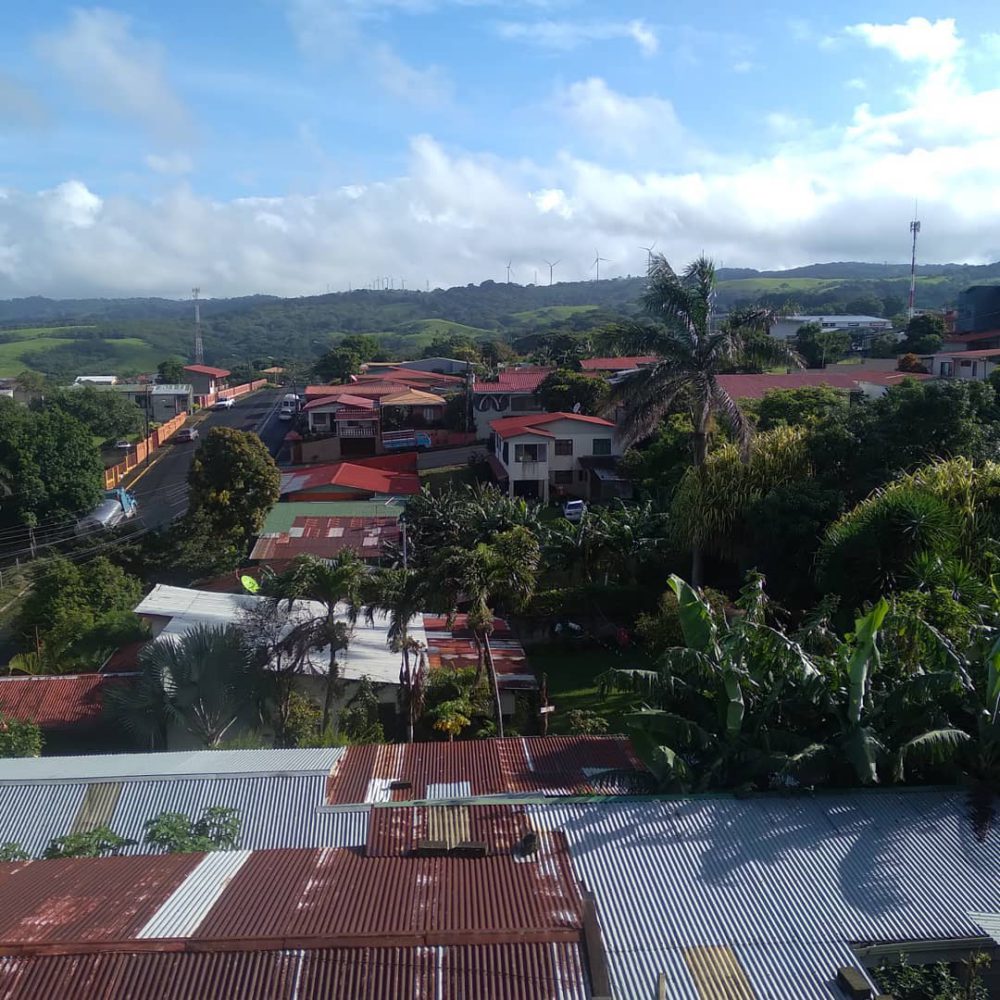
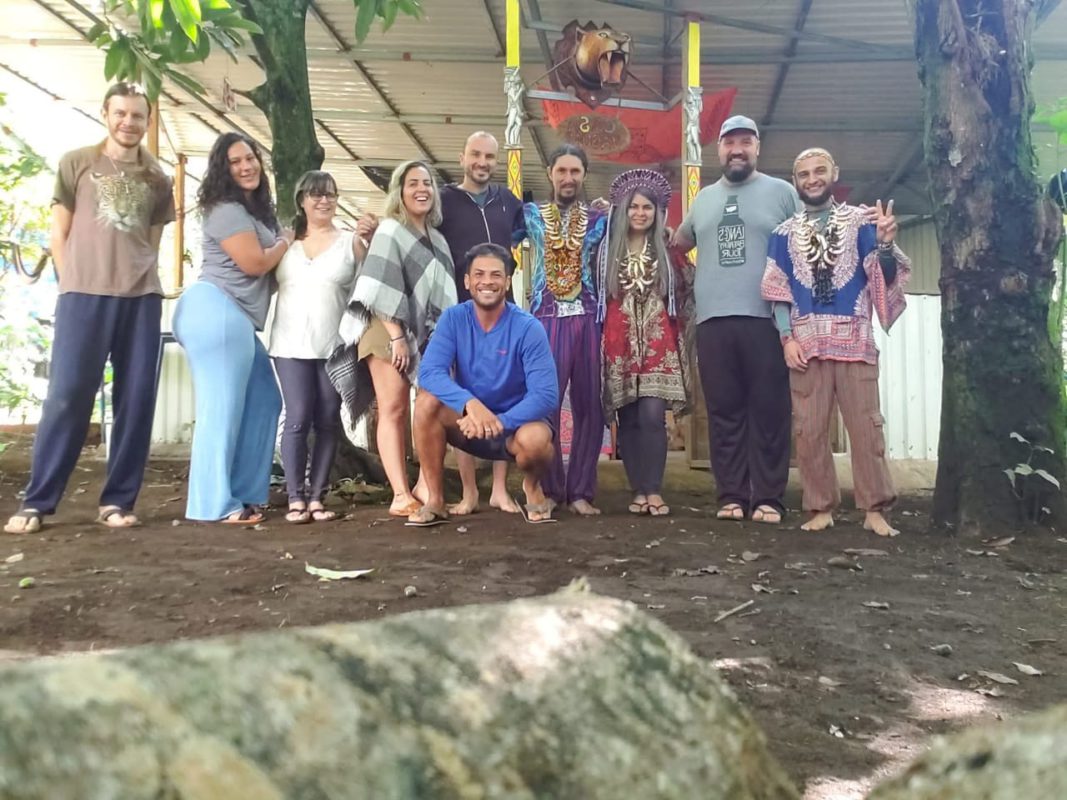
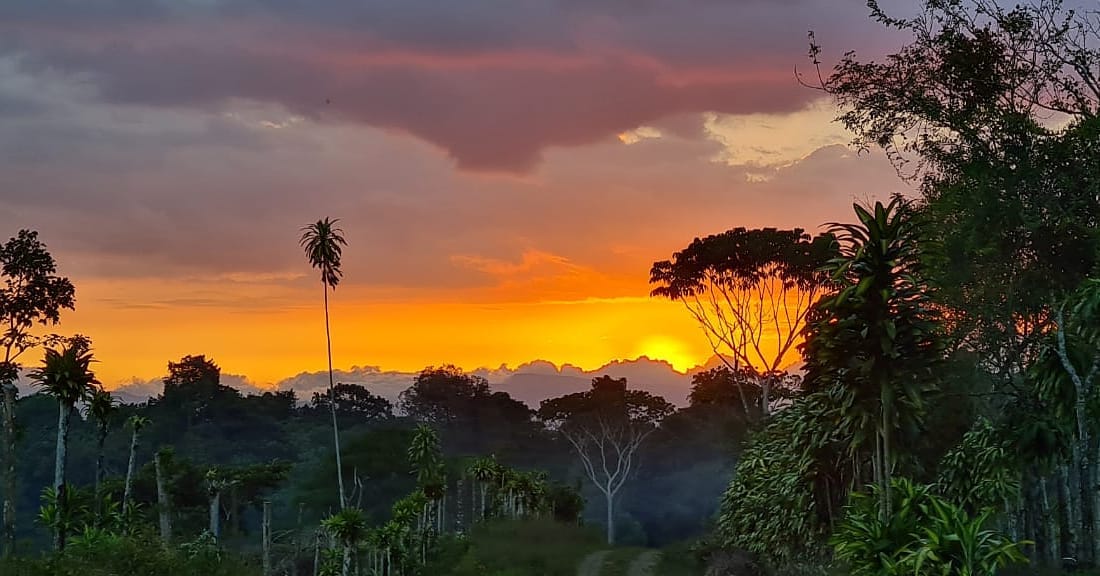
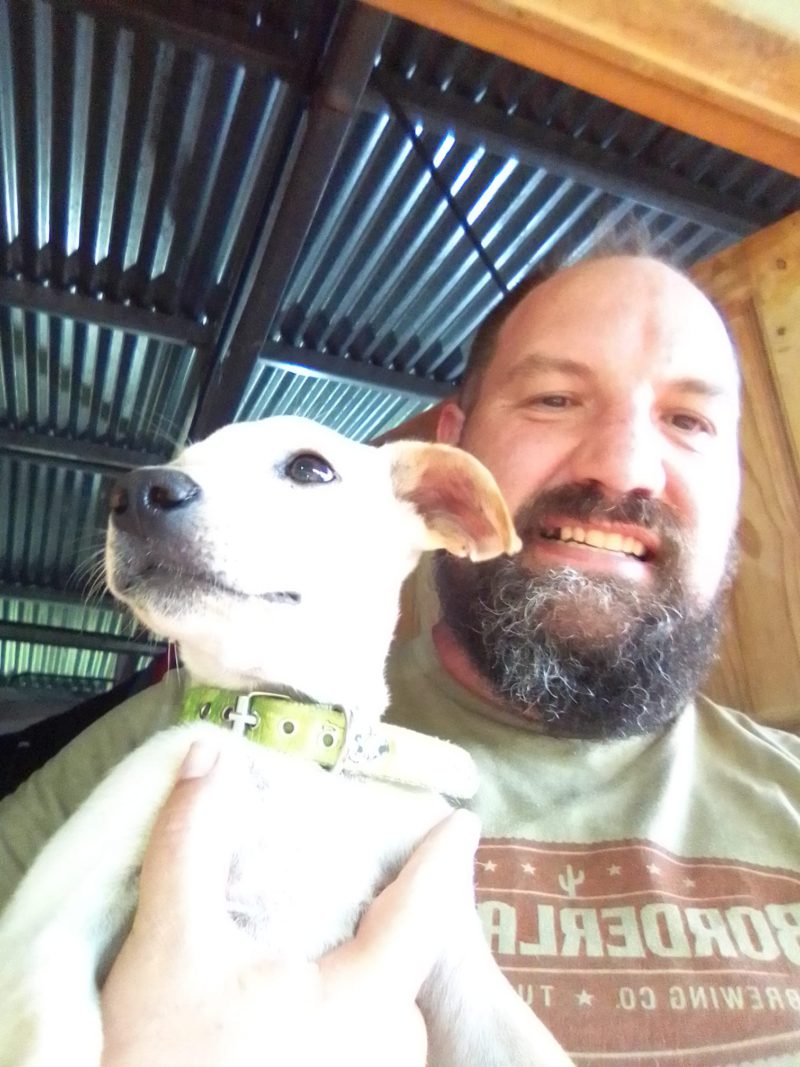

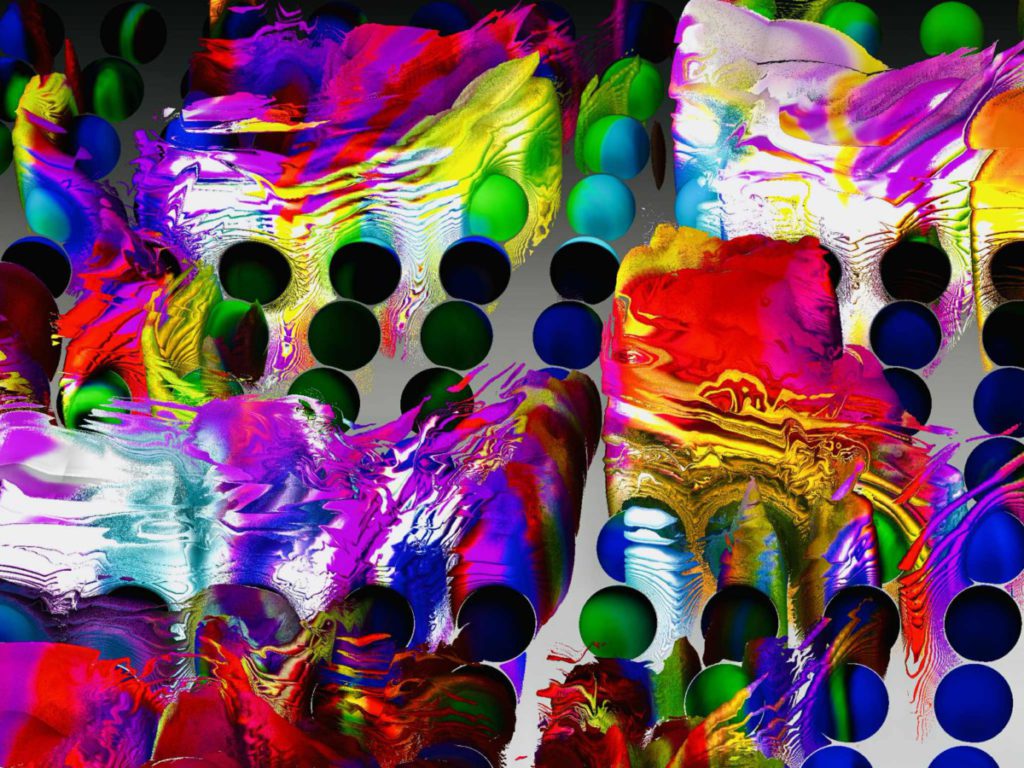
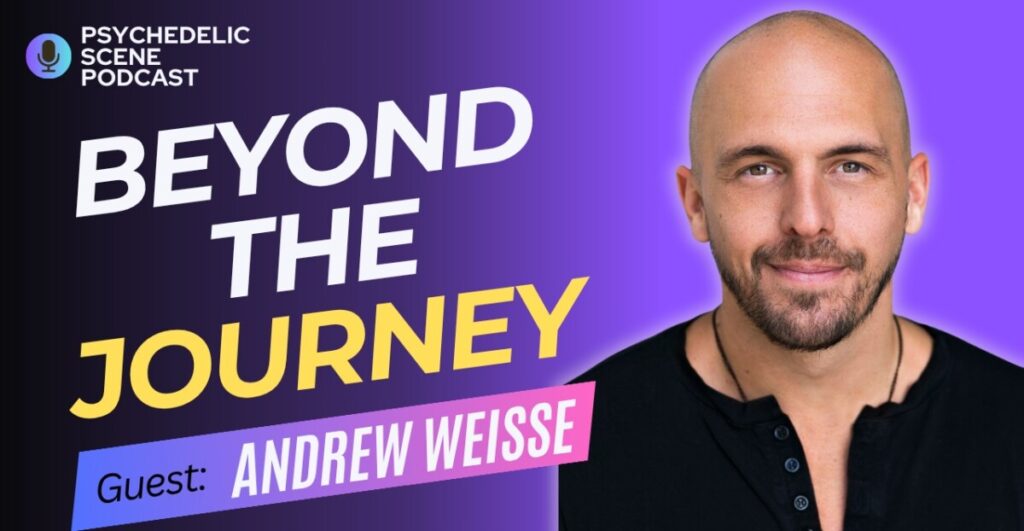
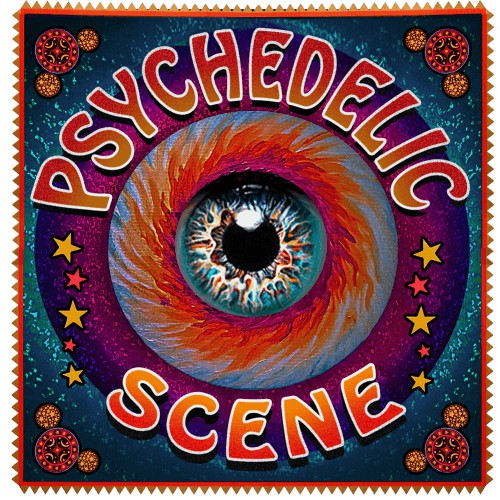
2 thoughts on “The Time for Ayahuasca is Now and the Place is Costa Rica”
That’s great to hear!
Awesome!